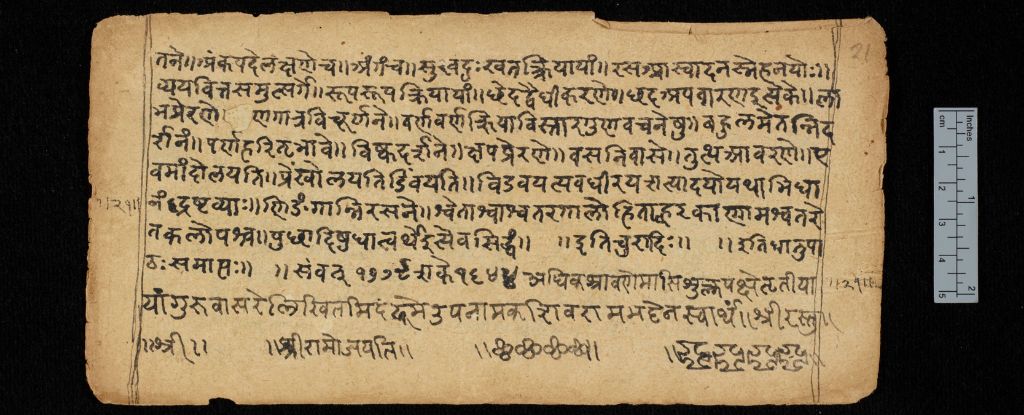An Ancient Puzzle Posed 2,500 Years Ago Now Has an Ingenious Solution [View all]
HUMANS
18 December 2022
ByCARLY CASSELLA

An 18th-century copy of Pāṇini's work. (Cambridge University Library)
Thousands of years ago, a man living in what is now India wrote down all the grammatical guidelines that govern Sanskrit; one of the earliest documented languages in the ancient world.
His name was Pāṇini, and his 4,000-some grammatical sūtras, or rules, are supposed to work like an algorithm that can generate grammatically correct words from a base and suffix.
For centuries, linguists have been trying to rebuild this 'language machine' using the thousands of steps described by Pāṇini in his legendary text, the Aṣṭādhyāyī. And yet it never really has run as it should.
A PhD student at the University of Cambridge, Rishi Rajpopat, thinks he's finally cracked the ancient puzzle, and his solution is impressively simple. All that it does is change the interpretation of one 'metarule' outlined by Pāṇini, and voila, the machine runs by itself with almost no exceptions.
More:
https://www.sciencealert.com/an-ancient-puzzle-posed-2500-years-ago-now-has-an-ingenious-solution
